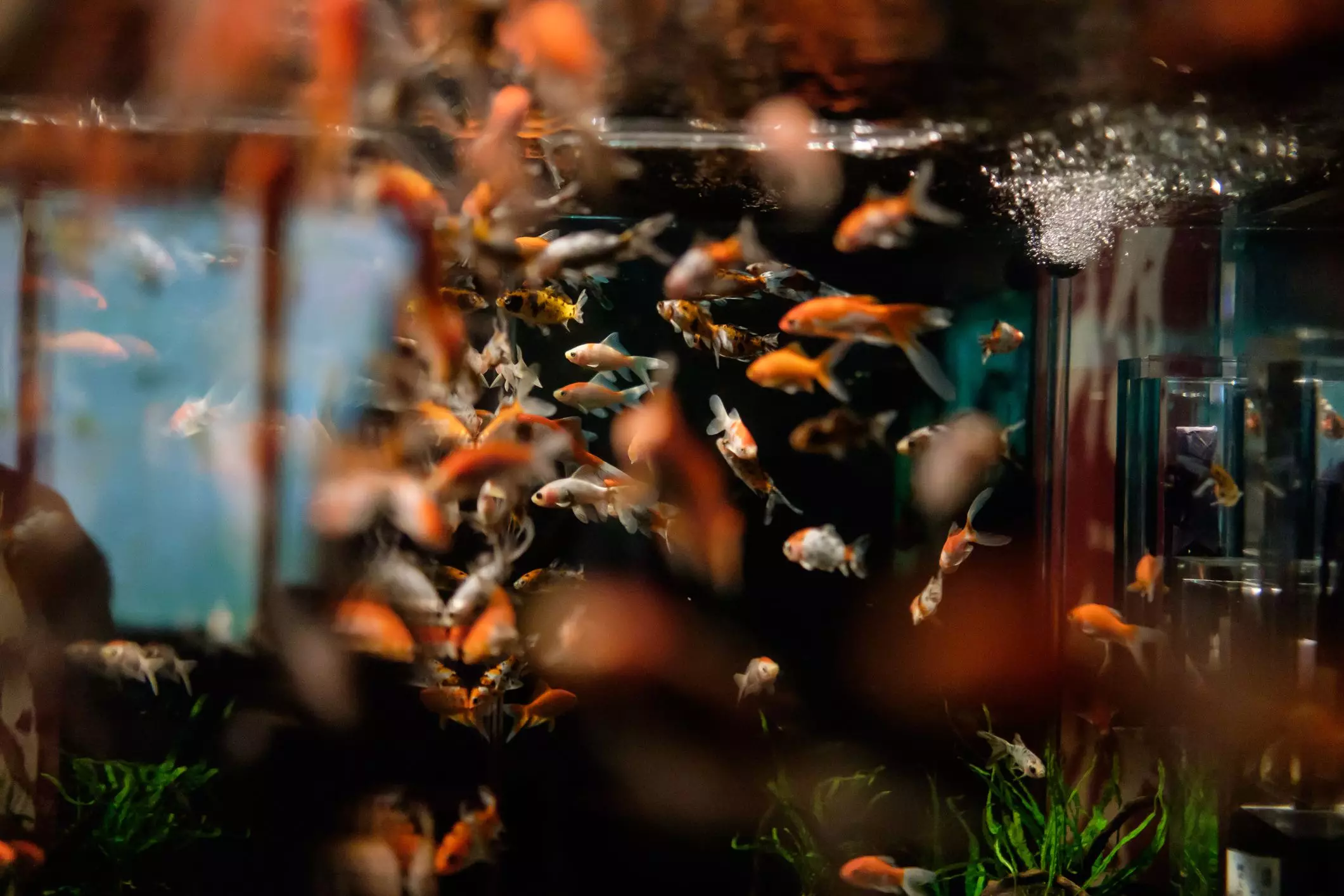Breeding fish can be one of the most rewarding aspects of the aquarium hobby. There’s a special thrill in watching your selected pair mate, lay eggs, and eventually raise their fry to maturity. This journey not only offers personal satisfaction but also allows you to share these experiences and reinvent your aquarium community. This article aims to guide beginners through the process of breeding small freshwater fish, offering insights on creating the right environment and nurturing the offspring.
In the natural world, fish breeding often aligns with seasonal changes. Many species enter their breeding cycles during the warmer spring months when water temperatures rise and daylight hours increase. Aquarium enthusiasts can replicate these conditions through routine water changes, slightly raising tank temperatures, and gradually extending light exposure. Such manipulations mimic seasonal cues, thus stimulating your fish to breed.
However, successful breeding requires more than just temperature adjustments. Fish need to feel secure and nourished. Selecting a healthy mating pair with vibrant colors and robust health is critical. Aquarium stores often stock fish ready for breeding between late winter and early spring, making these times ideal for potential breeders.
The breeding tank should cater to the unique spawning habits of the chosen species. Depending on whether your fish are egg scatters, substrate spawners, or mouthbrooders, you’ll need to provide the appropriate space and substrates. For instance, egg scatterers like zebras may prefer open areas to lay eggs, while substrate spawners such as convict cichlids appreciate hiding spots.
To further increase the likelihood of breeding, it’s essential to feed both male and female fish a diet high in protein. Live food, such as brine shrimp, is ideal, but frozen alternatives are suitable as well. Feeding more frequently—up to three times a day during conditioning—ensures the fish have sufficient energy reserves to produce eggs.
Another vital component in breeding success is managing water parameters. The temperature should generally be kept in the warm range recommended for the species, often 78 to 82 degrees Fahrenheit. Collaborating with local aquarium guides or fish breeding literature can provide insights into specific requirements, including pH levels and water hardness.
Acidic conditions are typically ideal for many freshwater species, but some, like African cichlids, prefer more alkaline water. Regular testing of water parameters with kits from pet stores ensures your breeding pair enjoys an optimal environment.
The challenge doesn’t end with spawning; it extends into the delicate phase of raising fry, which depends on providing appropriate nutrition. Newly hatched fry are tiny and require food small enough for them to consume safely. Infusoria—a collection of micro-organisms that thrive in decomposing plant matter—is often the first go-to food for fry.
To culture infusoria effectively, introduce a decomposing lettuce leaf into the spawn tank immediately after the parents lay their eggs. As this leaf breaks down, it supports a growth of beneficial microorganisms for the fry to feed on during their first week.
As fry develop and grow, their diet can be gradually diversified. Powdered food or mashed hard-boiled egg yolk can serve as additional sources of nutrition. Monitoring the fry’s growth is essential, and care must be taken to avoid overfeeding, while making sure they are fed frequently—ideally six times a day—to prevent starvation.
If you’re aiming to breed fish effectively, selecting the right aquarium is paramount. A 10-gallon tank is an economical, practical option for beginners, providing ample space to accommodate breeding pairs and their offspring. The setup should be equipped with an air pump, sponge filter, heater, and adequate lighting to promote a conducive environment for both adults and fry.
As you gain more experience in the hobby, you may feel inclined to explore additional species or breeding methods that necessitate specific tank shapes or sizes. However, for beginners, a standard 10-gallon aquarium offers a perfect starting point, allowing you to focus on breeding while keeping costs manageable.
Breeding freshwater fish can be a challenging yet immensely gratifying experience for any aquarium enthusiast. Understanding the requirements of your fish, providing the right environment, and ensuring they have proper nutrition for both conditioning and raising fry are essential steps in this process. Starting with easier species can help build your confidence before progressing to more complex breeders. By embracing these guidelines, you’ll find the joy that comes with successfully bringing new fish into the world, enriching your aquarium journey and expanding your network within the fish-keeping community.


Leave a Reply